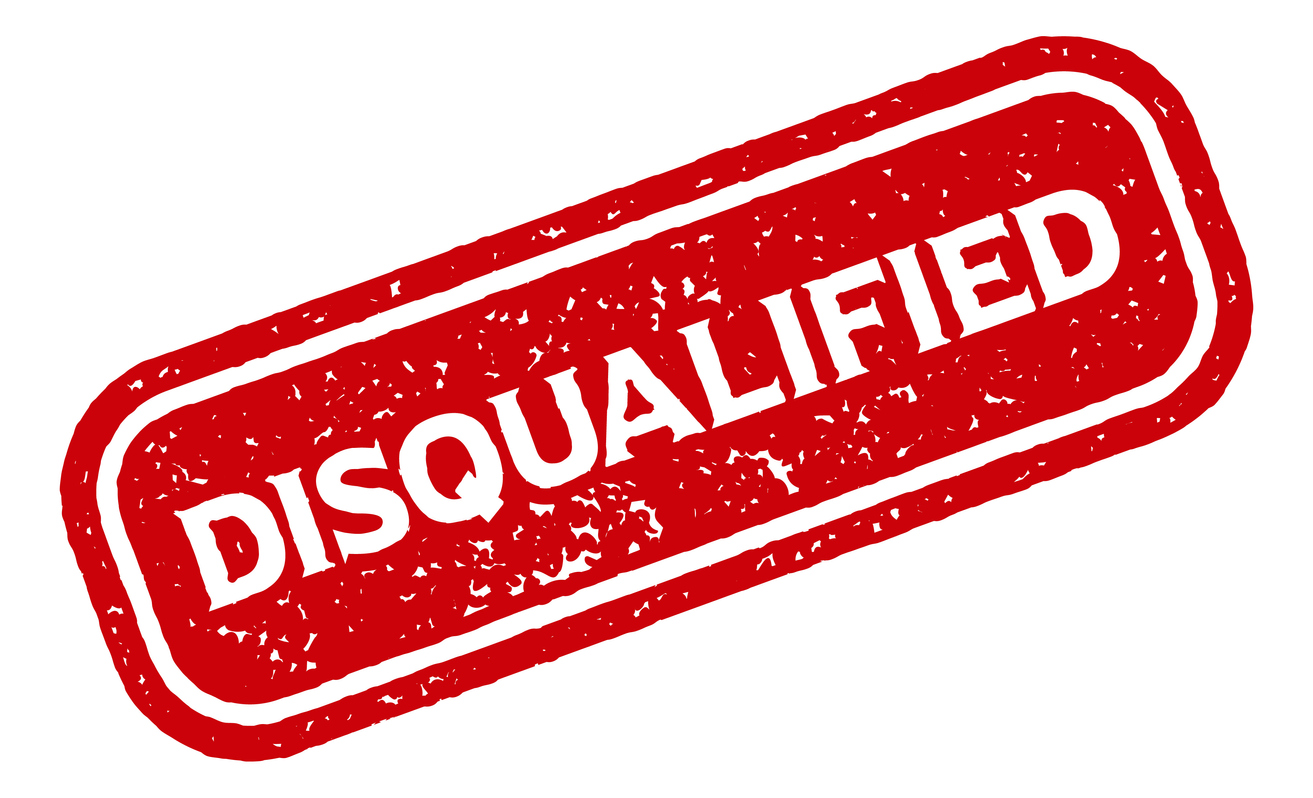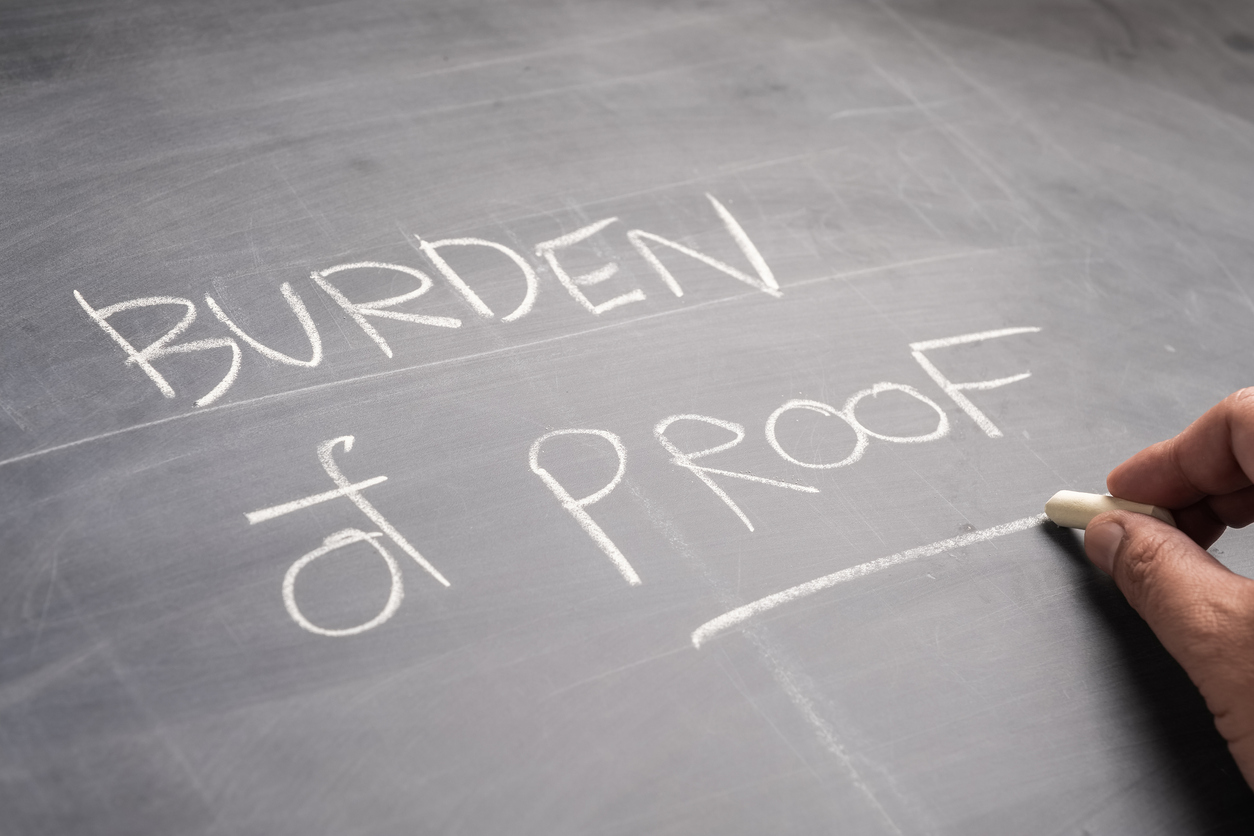It’s been a few months since we endured Winter Storm Uri. The storm had people stranded in the cold with no electricity, heat, or running water. Families were huddling around each other for warmth in parked cars and boiling water in their homes to drink. At the time of the storm, much of the focus was on the electric grid of Texas and why the infrastructure failed us in a time of need. Now, as claims come in, we are seeing an abundance of damage that is left unrepaired, unresolved, and overall unappreciated.
Months after Uri, many Texans are still living in damaged homes. Many of those residents are distraught after learning, too late, that they had inadequate insurance. Many homeowners have been left helpless and incomplete. They are having to to deal with losses that they thought were covered. Many have discovered that their policy limit payouts on water damage that stems from a plumbing problem.
For the past few years, in an effort to limit exposure in water damage claims, insurance carriers have been introducing various limited water damage endorsements into their policies. Most of the endorsements limit coverage to $5,000 – $10,000 for damage caused by water from a plumbing system1 Texas has allowed insurers more flexibility in their policies as a way to manage their risk exposure. But it is the insureds who pay. Policyholders are left to determine the best coverage for themselves.
Many consumers have “little idea of what they are buying other than a general sense that it is homeowners insurance,” said Daniel Schwarcz, a University of Minnesota Law School professor who has studied the move away from standard forms.2
While consumers can turn to agents, many commission-paid agents pay more attention to the bigger and more expensive policy forms bought by well-to-do customers, said Jon Henningsgard, a longtime Texas commercial insurance broker.3
Many policyholders have admitted they didn’t ask their agents about the details of their policy; they simply assumed coverage was there. Legal options for policyholders with capped policies are limited. In reviewing many of these potential cases, we have seen massive amounts of damage to homes. These damages are estimated with high numbers and rightfully so. But it is difficult to reveal to a policyholder who is dealing with that damage, that their maximum amount of recovery is dictated by a sublimit in the policy. These provisions are usually in the back and added on as an “endorsement.”
It is always important to read the full policy and review it every time it is renewed to make sure you understand what you are paying for. Don’t hesitate to ask your agent or the insurance company if anything has changed or why your policy premium has risen. It is better to recognize those things before an issue arises. A lot of problems can be avoided going about things proactively rather than reactively. If you are waiting until the damage has happened to see what is covered, you’re waiting too long.
For a more in depth look at individuals who are dealing with policy limitations that are restraining their ability to repair their home fully, read Collin Eaton and Leslie Scism’s article in The Wall Street Journal: After Freeze, Insurance Comes Up Short for Many Texans.
________________________________________________
1 https://www.claimsjournal.com/news/southeast/2021/05/10/303619.htm
2 After Freeze, Insurance Comes Up Short for Many Texans, The Wall Street Journal, Collin Eaton and Leslie Scism, July 5, 2021.
3 Id.




